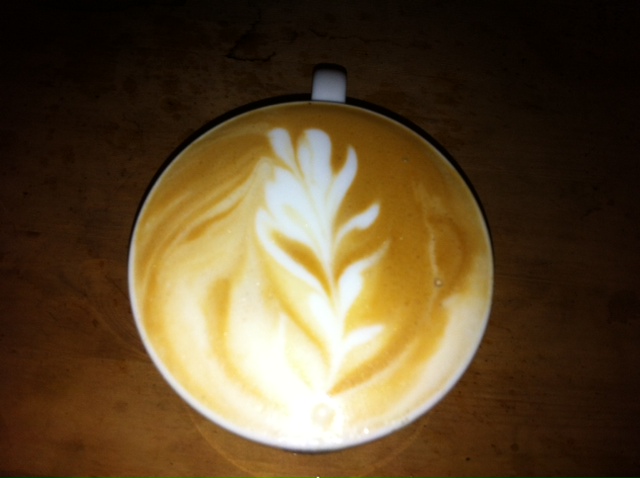The latte journey began in grade 10 when I had my first mocha. I was afraid of getting addicted so I opted for the decaffeinated variety. I ended up becoming addicted anyway...to the art of the Barista. It turned into a huge experiment. The variables were the 4 m's: Miscela (the espresso blend), Macinadosatore (the grinder), Macchina Espresso, Mano dell'operatore (the skill). Each of these were tweeked little by little over time.
The Miscela
This was the easy party. Bean selection began at the grocery store.
Illy, Starbucks, Kicking Horse...the list goes on. It became obviously
quite quickly that none were sufficient. In grade 12, I began
frequenting latte bars in Toronto. Two brand dominate the espresso
scene: Intelligentsia and 49th Parallel. Both are good. My favorite is
49th parallel, from Vancouver. Freshness became key in Kingston where
the beans are not sold. I required it be shipped at the beginning of
each month. The quality of coffee then decreases for the rest of the
month. The difference is night and day.
Macinadosatore
There is no point in having fresh beans if they are not ground
immediately before using. Having ground coffee sit idle for any amount
of time is a crime. My first grinder was a Capresso ($100). This year, I
purchased a Compak K3 ($350). The difference is the consistency in the
grinds. It is hard to imagine such small changes create such a
significant difference in taste.
Macchina Espresso
I first tried to make espresso using a $10 drip coffee maker from
Walmart. I quickly learnt that "espresso" was the method, not the beans.
The next step up was a moka pot. My first real espresso machine was the
Breville ($150). It is a great entry level machine that creates fake
crema (the orangey stuff at the surface). Unfortunately, it was
certainly not fit for actual espresso. The current machine I use is a
Rancilio Silvia. Each step resulted in an unimaginable improvement in
taste. I recently outfitted it with a temperature gauge.
Mano dell'operatore
This is where the real experiment happens. There is no comprehensive
guide to fully understand the process. What size of grind is enough? How
to tamp? What temperature? How to steam the milk so that the designs
can be made? And perhaps most importantly, how to make those designs? It
is all tacit knowledge and ridiculous attention to detail.



























